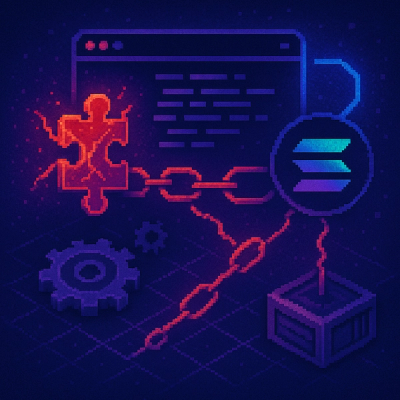
Security News
Scaling Socket from Zero to 10,000+ Organizations
Socket CEO Feross Aboukhadijeh shares lessons from scaling a developer security startup to 10,000+ organizations in this founder interview.
@sap-ai-sdk/foundation-models
Advanced tools
SAP Cloud SDK for AI is the official Software Development Kit (SDK) for **SAP AI Core**, **SAP Generative AI Hub**, and **Orchestration Service**.
SAP Cloud SDK for AI is the official Software Development Kit (SDK) for SAP AI Core, SAP Generative AI Hub, and Orchestration Service.
This package incorporates generative AI foundation models into your AI activities in SAP AI Core and SAP AI Launchpad.
$ npm install @sap-ai-sdk/foundation-models
Visit the SAP Cloud SDK for AI (JavaScript) documentation portal to learn more about its capabilities and detailed usage.
This project is open to feature requests, bug reports and questions via GitHub issues.
Contribution and feedback are encouraged and always welcome. For more information about how to contribute, the project structure, as well as additional contribution information, see our Contribution Guidelines.
The SAP Cloud SDK for AI is released under the Apache License Version 2.0.
FAQs
SAP Cloud SDK for AI is the official Software Development Kit (SDK) for **SAP AI Core**, **SAP Generative AI Hub**, and **Orchestration Service**.
The npm package @sap-ai-sdk/foundation-models receives a total of 6,470 weekly downloads. As such, @sap-ai-sdk/foundation-models popularity was classified as popular.
We found that @sap-ai-sdk/foundation-models demonstrated a healthy version release cadence and project activity because the last version was released less than a year ago. It has 6 open source maintainers collaborating on the project.
Did you know?

Socket for GitHub automatically highlights issues in each pull request and monitors the health of all your open source dependencies. Discover the contents of your packages and block harmful activity before you install or update your dependencies.

Security News
Socket CEO Feross Aboukhadijeh shares lessons from scaling a developer security startup to 10,000+ organizations in this founder interview.

Research
Socket Threat Research maps a rare inside look at OtterCookie’s npm-Vercel-GitHub chain, adding 197 malicious packages and evidence of North Korean operators.

Research
Socket researchers identified a malicious Chrome extension that manipulates Raydium swaps to inject an undisclosed SOL transfer, quietly routing fees to an attacker wallet.